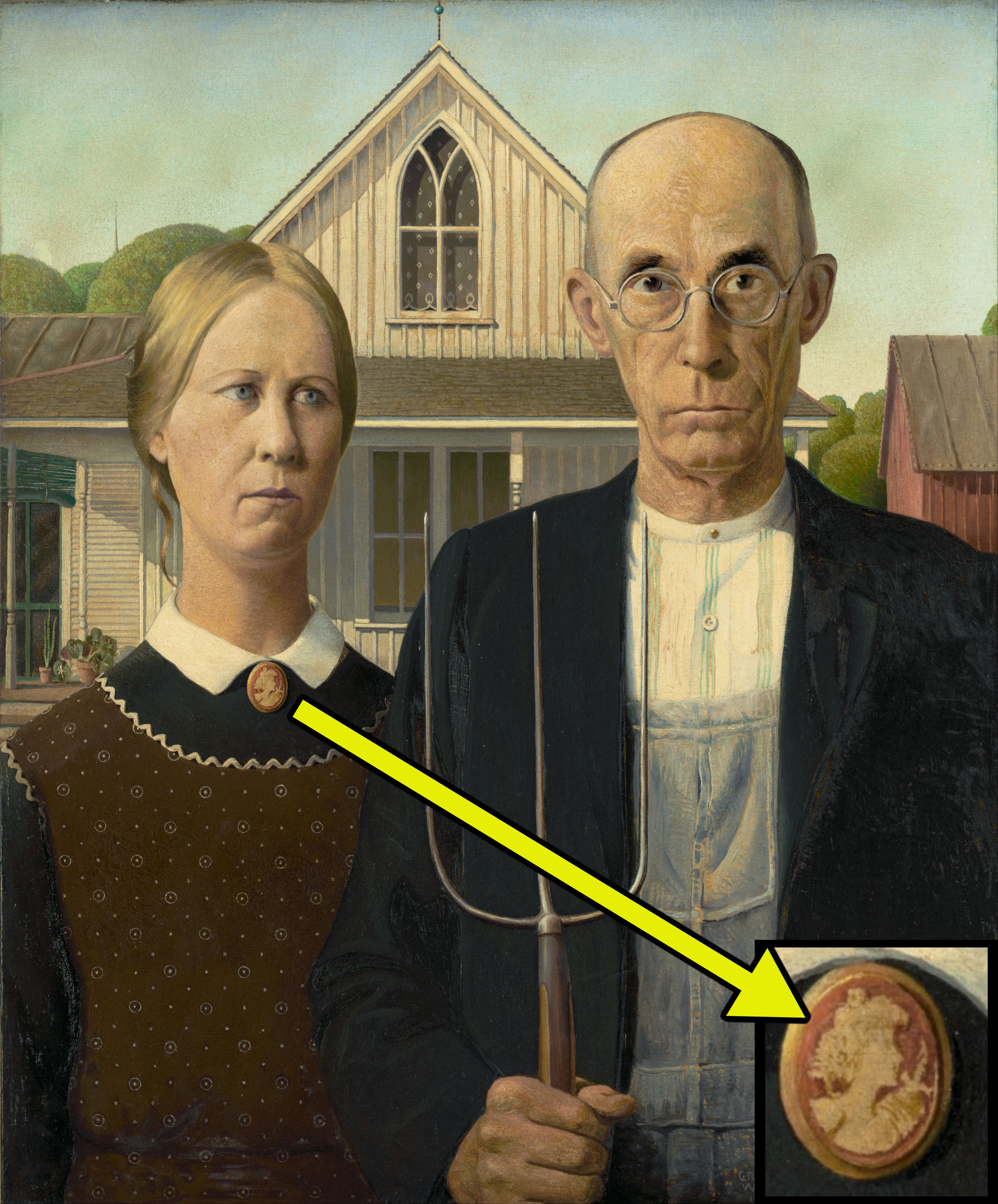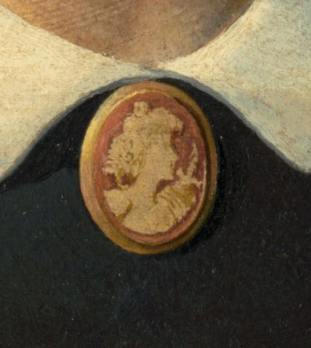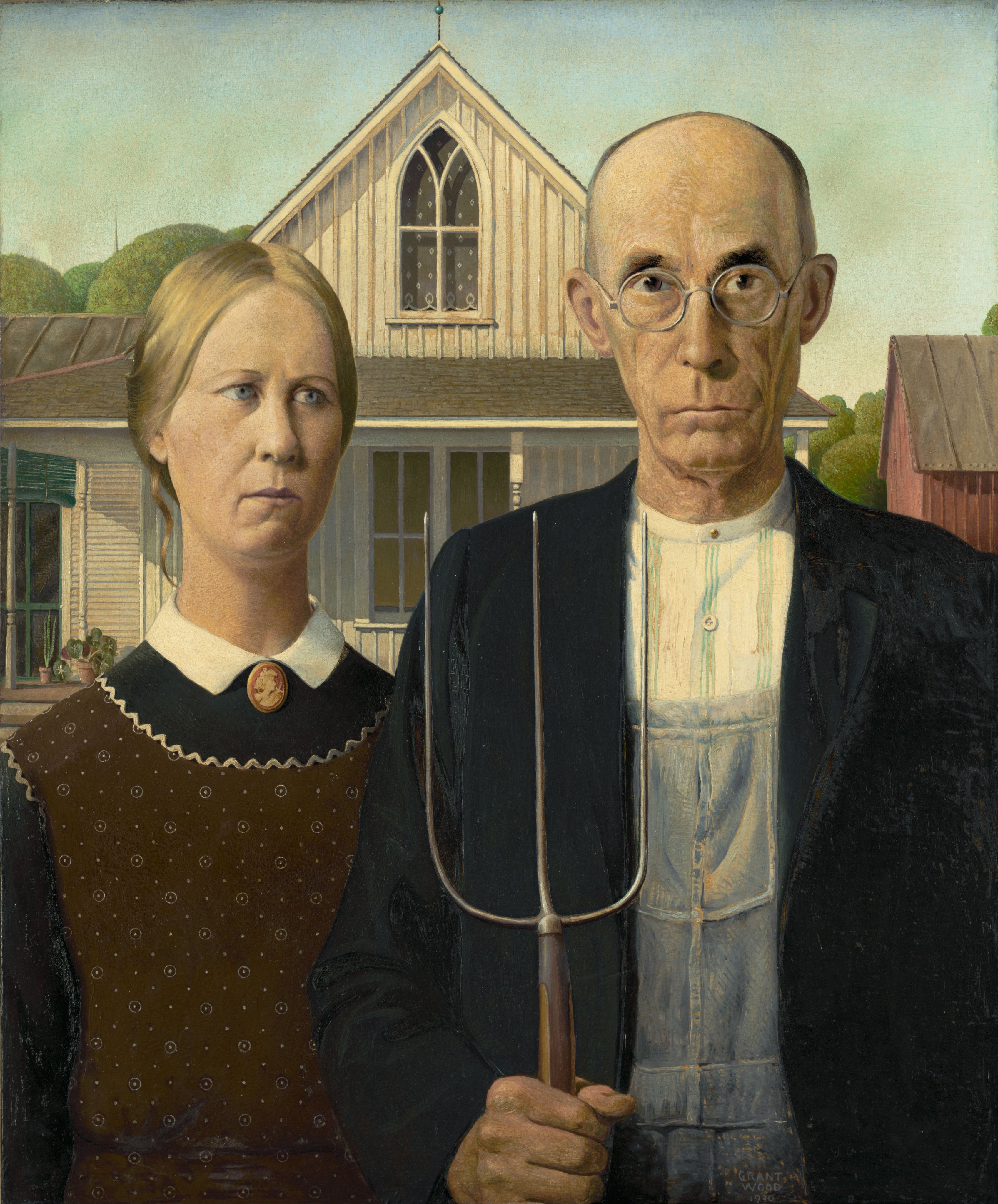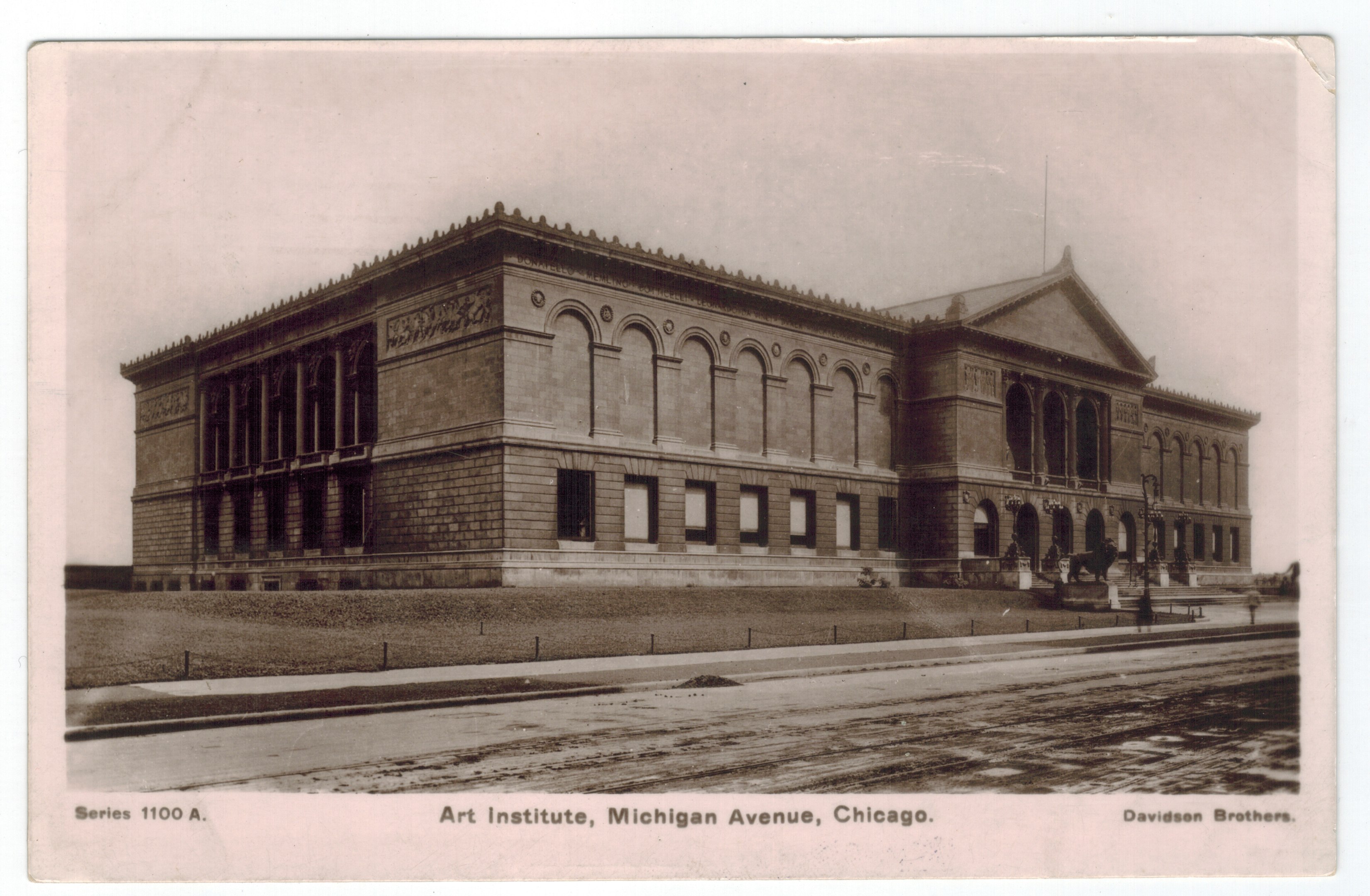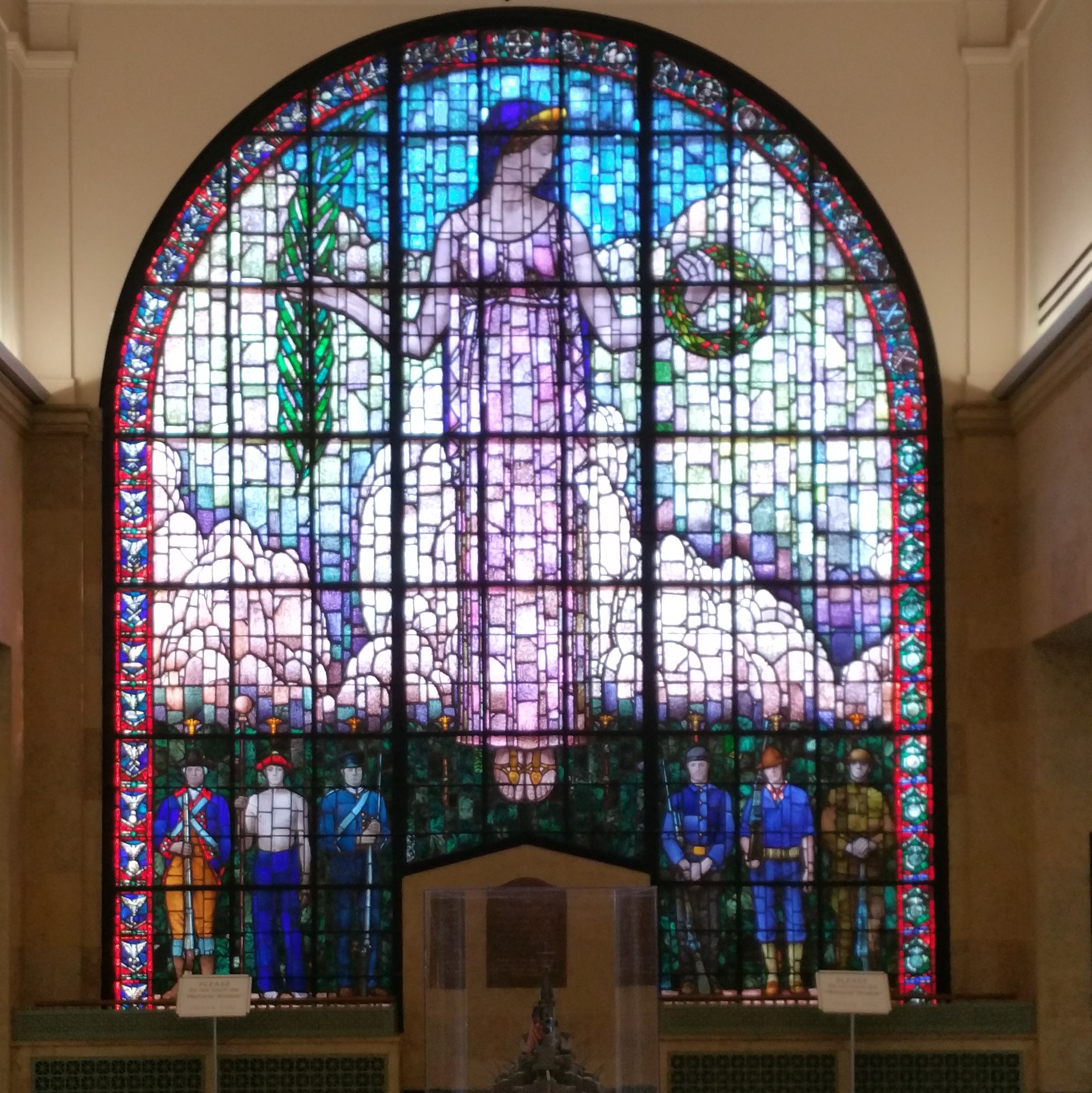You've seen this painting a thousand times before.
It's American Gothic, painted by Grant Wood in 1930, one of the world's most famous works of art.
But it has a hidden meaning, and there's even a clue. These two people might actually be the King and Queen of the Underworld...
